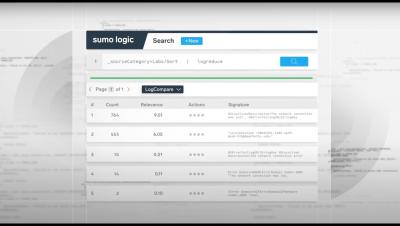Operations | Monitoring | ITSM | DevOps | Cloud
Analytics
Derive Insights from Machine Data with InfluxDB
The panel discussion “From Machine Data to Business Insights, Building the Foundations of Industrial Analytics” discussed modern methods and benefits of deriving insights from machine data. InfluxDB Developer Advocate Jay Clifford explained the trend now is to “allow the builders to bring the Lego blocks and build them together how they see fit.
Optimize your cloud data infrastructure spend with Aiven's Bring Your Own Cloud (BYOC)
InfluxDB Cloud Serverless UI Tour - InfluxDB 3.0
Alerting with Grafana and InfluxDB Cloud
Webinar | What's new with Aiven platform
Sumo Logic Log Analytics intro
ChatGPT and Elasticsearch: Faceting, filtering, and more context
In a recent blog post, we discussed how ChatGPT and Elasticsearch® can work together to help manage proprietary data more effectively. By utilizing Elasticsearch's search capabilities and ChatGPT's contextual understanding, we demonstrated how the resulting outcomes can be improved. In this post, we discuss how users’ experience can be further enhanced with the addition of facets, filtering, and additional context.
Product Analytics 101: Definition, Metrics & Tools
Are Your Data Pipelines Up to Commercial Standards?
In the data business, we often refer to the series of steps or processes used to collect, transform, and analyze data as “pipelines.” As a data scientist, I find this analogy fitting, as my concerns around data closely mirror those most people have with water: Where is it coming from? What’s in it? How can we optimize its quality, quantity, and pressure for its intended use? And, crucially, is it leaking anywhere?











